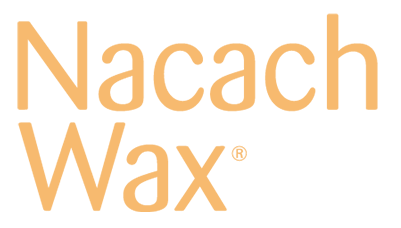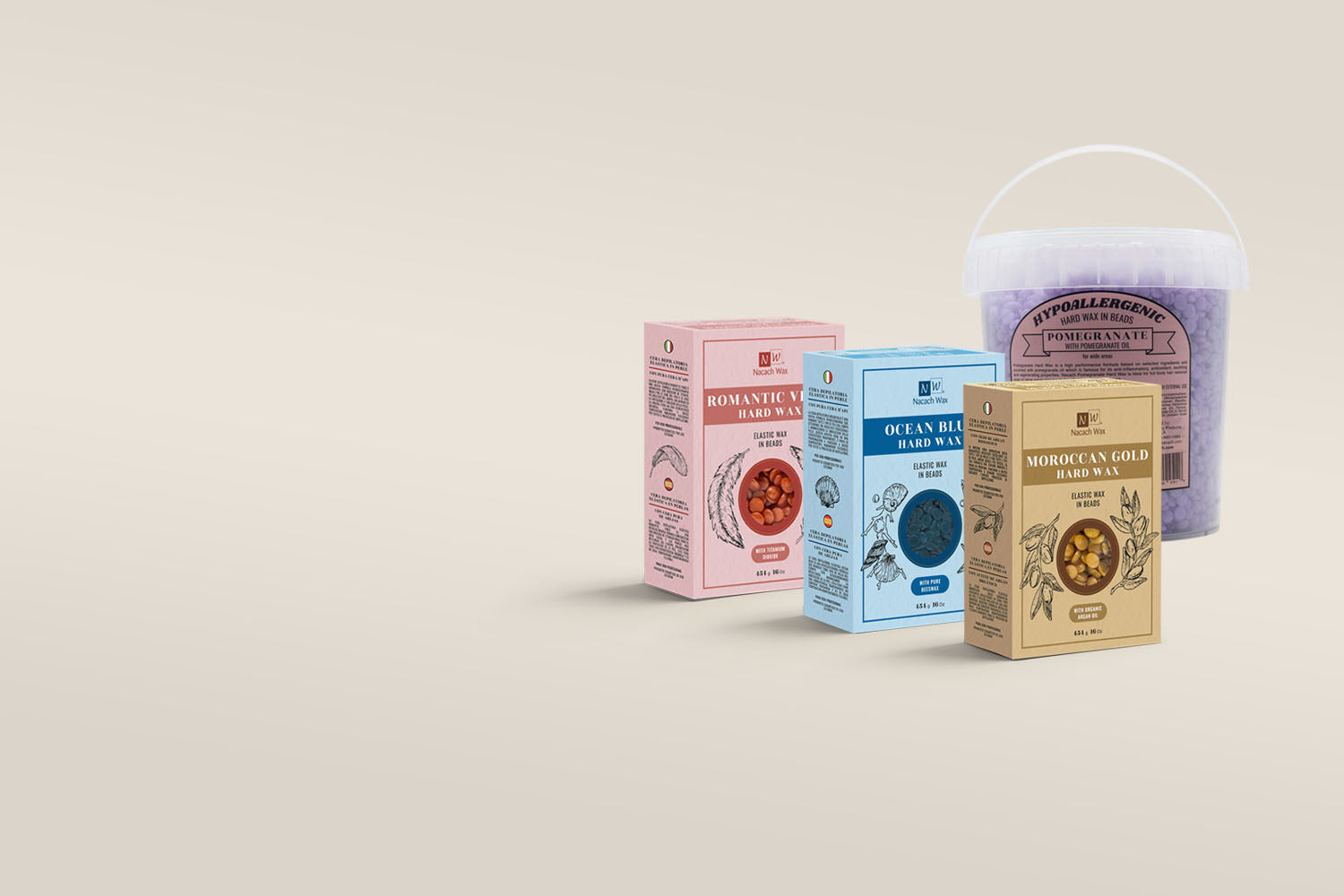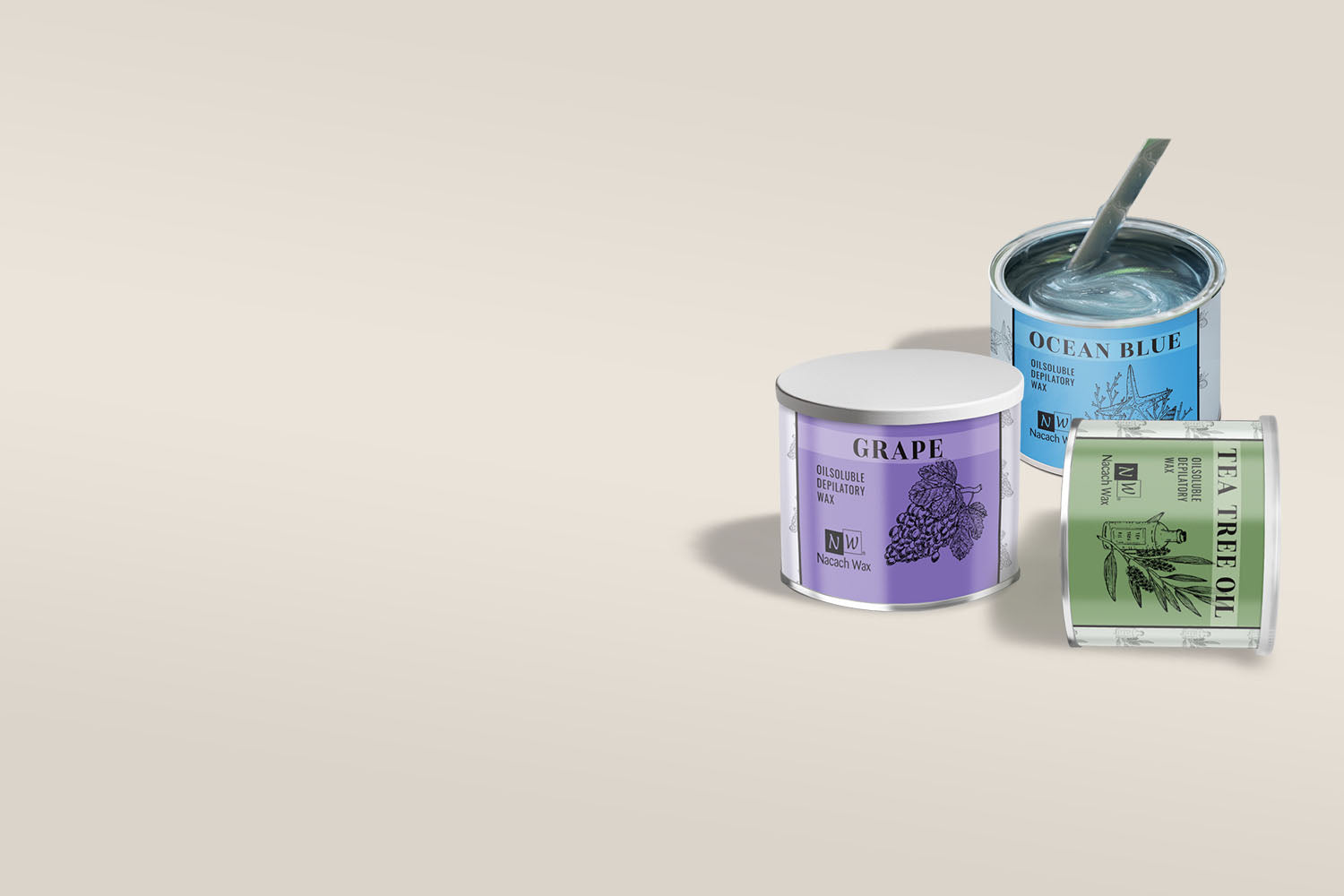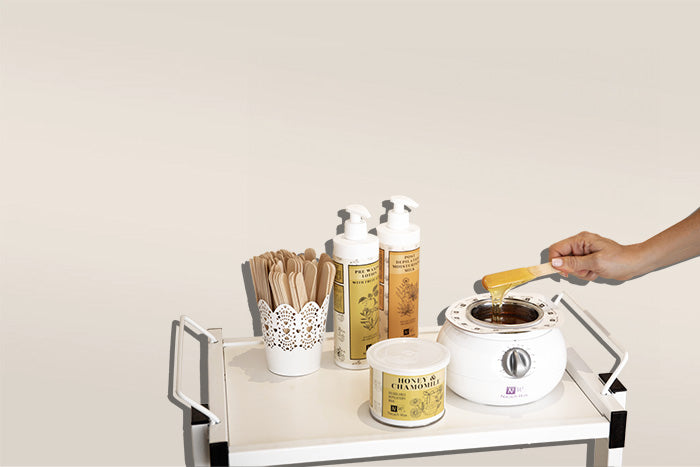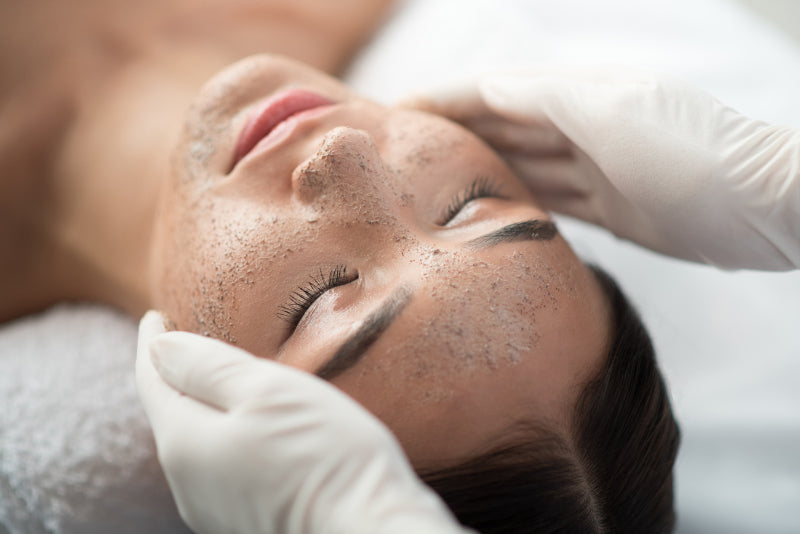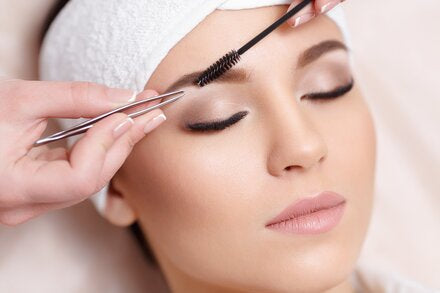
When it comes to waxing, getting it done is only half the battle. Equally important as a successful wax treatment is a diligent prep and aftercare. In fact, when people prepare well, they pave the way to the most effective hair removal; when taking extra care afterward, it extends the life and looks of smooth skin.
So let’s break down the importance of using a gentle exfoliator before laying on any wax.
What Is Exfoliation?
To exfoliate means to remove dead skin. Technically, all outermost skin is composed of nothing but dead skin cells - they can build up excessively, though, if left unchecked. That’s when you get skin that’s dry, rough, or flaky at an extreme end of the spectrum or just sort of dull and drab on the milder end. It also increases the likelihood of breakouts and clogged pores.
To combat or prevent that, there are two main exfoliation types to try and plenty of variation within each.
Mechanical Exfoliation
One definition of exfoliation is to rub away dead skin cells from the outer layer of skin. Exfoliation that involves rubbing or other friction is called mechanical exfoliation. It works by physically sloughing off the dead skin.
Methods to achieve mechanical exfoliation include:
- Washcloth, loofah, or sponge: Even dragging your nails over a problem area can do the trick sometimes.
- Exfoliating glove: With a rough texture, it’s worn on the hand, and you lather it up with your soap of choice.
- Skin brush: A handheld brush, sometimes with a long handle, that has firm bristles and is meant to be used dry - think of it as sweeping dead skin away.
- The almighty pumice stone or terracotta scrubber: These are literally porous rocks or textured clay and are to be used on clean, wet skin after a cleanse and rinse cycle
- A “scrub” product: It may be face or body wash that contains gritty, exfoliating particles like coffee, sugar, salt, or oats or a standalone scrub that you scoop out and apply to damp skin. There are also exfoliating soap bars
Chemical Exfoliation
The other exfoliation definition is to weaken and then dissolve dead skin cells from the surface of the skin. A chemical exfoliant uses different kinds of organic acids, and when they've worked their magic, a gentle splash of water is enough to remove that layer of dead skin on your face.
Yes - although powerful, they are mild enough for facial use. Some chemical exfoliants are actually a much better fit for sensitive skin that's irritated by abrasive mechanical exfoliation. The same goes for dry skin, as rubbing will make it prone to further flaking.
The two types of chemical exfoliation are:
- AHA, alpha-hydroxy acid-based, which may be derived from lactose (lactic acid), citrus (citric acid), sugars (glycolic acid), or synthetically developed.
- BHA, beta-hydroxy acid-based, like salicylic acid, offer a deeper cleanse because they’re oil soluble. So they can be absorbed into the skin rather than sit on top, to clear out oil and sebum from follicles and pores.
How Does Exfoliation Relate to Waxing?

Waxing actually provides some exfoliation all on its own. That’s another reason why skin feels so smooth and soft afterward (the no-hair part helps too, of course).
When using traditional waxes, dead skin cells are stripped away with the hair. Even with a hard wax like Nacach offers, that pulls the skin much less than soft wax strips by adhering only to the hair, there’s enough incidental friction for some exfoliating benefit. Sugar paste is unique in that sugar itself has exfoliating properties. So even though it is the gentlest removal method, sugaring may very well produce the softest, silkiest skin post-wax.
But aside from that, exfoliation is an important pre-wax and post-wax step to take. When someone exfoliates mechanically or chemically, several things happen that can result in a better session.
- By clearing excess skin from around hair follicles, it loosens hairs that may be trapped between the middle layer of skin (where follicles reside) and the outermost layer.
- You can help dislodge or prevent ingrown hairs by exfoliating before and after a wax.
- By opening up the pores, rather than the skin holding onto your hairs for dear life, the hair will be more willing to be released when the wax is pulled. This results in less pain, better hair removal coverage, and less breakage for a smoother, longer-lasting wax.
The Best Ways to Exfoliate Pre-Wax

Since extensive exfoliation sensitizes the skin, it is best done at home one or two days before a wax session. However, Nacach Pre Wax Lotion - with AHA fruit acids - is suitable to use immediately beforehand, as it is a mixed formula with antiseptic and protective properties.
For upkeep, later on, that also works in reverse. Applying calming, moisturizing products such as those in the Nacach After Wax Care line, protects and replenishes skin. Then after a day or two, bringing in gentle exfoliation keeps things their best until the next appointment.
With that in mind, there are a few best practices for exfoliating different parts of the body leading up to a wax.
How to Exfoliate the Face
How to remove dead skin from a face is easy: be gentle when you do it. Don’t rub a pumice stone all over your cheeks; washcloths are about as abrasive as recommended.
Wash or cleanse the face, then apply facial exfoliating scrub or chemical serum to damp or dry skin as directions instruct. Pay special attention to the area to be waxed, without going overboard and encouraging irritation. Apply moisturizer evenly once clean and dry.
How to Exfoliate the Bikini Area
This sensitive area needs a low impact product as well. Exfoliating gloves with your choice of feminine hygiene wash can work well, or just a carefully chosen scrub and that handy washcloth. A dry skin brush might be good for upkeep in between deeper exfoliation.
How to Exfoliate Legs
When you exfoliate legs, it can be useful to get a little rougher. The skin on our legs is thicker (except for behind the knees and at the ankles!) and covers a larger area. As long as you don’t have very sensitive skin, everything is on the table.
Chemical exfoliants help clear up bumps from clogged follicles very well, while mechanical exfoliation frees any trapped hairs and sloughs off built-up dead skin. Certain combinations are effective, like a body scrub and a loofah, but stronger methods like a pumice stone or salicylic peel may be best on their own to prevent inflammation or excessive dryness.
How to Exfoliate the Body

What applies to the legs can apply to the entire body. It’s a lot of skin to work with, and much of it is pretty hardy. An exfoliating brush was made for whole body use: brush the skin with firm strokes that push upward towards the heart.
A pumice stone or terracotta scrubber, realistically, should not be scraped across an entire body. Use it only on smaller problem areas and combine that with other exfoliant use. Yes, you don’t want to double up too much, as stated above, so just stay aware of any adverse reactions.
When it comes to body wash, there are both chemical and mechanical options, but mechanical scrubs are a little more common. How to use a body scrub to exfoliate the whole body?
For a liquid body wash formula, simply use it as you would any other soap. If the scrub is all grit and has to be scooped out by hand, massage it onto wet skin using circular motions. Start at the bottom of the body and work your way up and inward. Apply it to clean skin, after cleansing and rinsing, for maximum effect.
Takeaway
When it’s time to wax, it’s time to exfoliate, meaning your wax treatment will be one step closer to the best possible. Pre-wax exfoliation should be considered necessary prep due to its ability to clear pores and follicles, remove excess dead skin, and combat ingrown hairs. Even post-wax it enhances the look and longevity. Combined with moisturization, the benefits cannot be beaten.
